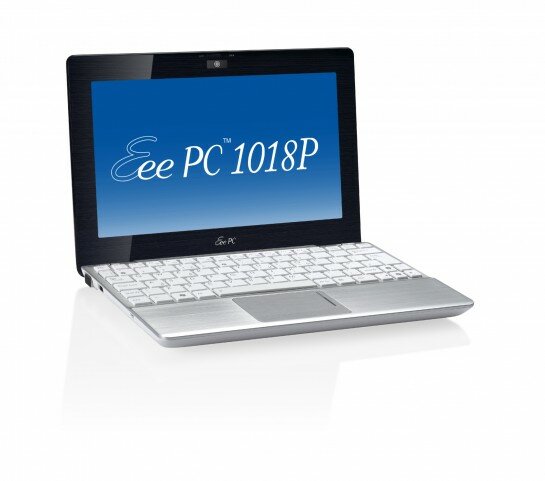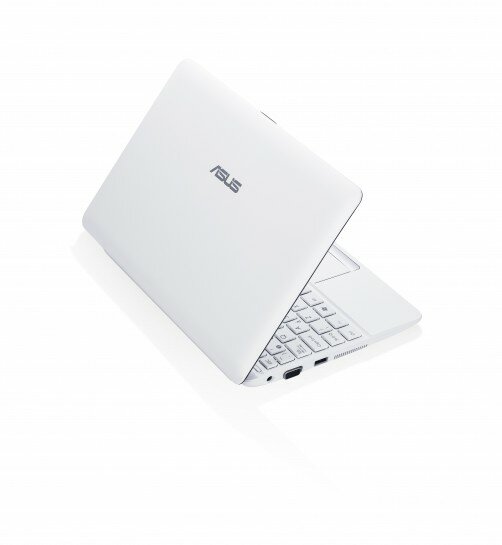ASUS piqued our interest with the 4th Generation Eee PCs on display at CeBIT, and have now decided to unveil new images of the Eee PC 1018P and the Eee PC 1015PE. It resulted in the Tech in Style team salivating like dogs in a Pavlovian experiment.
The Eee PC 1018P and 1015PE pick up where the design of the first generation Eee PC Seashell netbook left off and have taken it in a completely different directions.
The Eee PC 1018P delivers a sleek, clean look that is obviously directed at a classier audience, and sports an all-metal chassis that is just 18mm thick.
The folks over at Slashgear found it in its natural environment - and it looks good. See more of the Eee PC 1018P here.
The Eee PC 1015PE, on the other hand, is targeted travelers. It appropriately features a nautical-themed design which recently received plaudits at the 2010 Red Dot Design Awards, bearing testament to ASUS’ passionate approach to innovative product design.
The yacht-inspired design gives the netbook elegant lines. ASUS regards the palm rest and keyboard as the deck, while the underside sports a texture that is said to be reminiscent of surf under a boat.
For the layman, the question that begs to be asked is: How can one draw a distinct design lineage between a yacht and a netbook?
Like writers and painters seeking a muse, designers take inspiration and styling cues from the world around us. For those working in the tech realm, that inspiration often comes from other forms of technology or other forms of engineering. Case in point – stealth fighters have served as the inspiration for both the limited edition Lamborghini Reventon and the ASUS G73 gaming notebook.
In the case of ASUS, all these design ideas come from the think tanks over at ASUS DESIGN. Based out of offices in Taipei, Singapore, and China, they hold annual themed brainstorming sessions to generate ideas and designs for the company’s key products.
Inspiration for a range of ASUS products have come from the most unlikely sources. The ASUS EeeBox PCs carry the likeness of a solo ballerina; while the ASUS Designo range of LCD and LED monitors’ design were inspired by the binary state.
But of course that does not stop there; sometimes it takes a little input from the outside to deliver something truly unique. Collaborations with famed designers like Karim Rashid or David Lewis delivered products with the visual drama of the Eee PC™ Seashell Karim Rashid Edition or the cool, precise finish of the NX90.
We all want something unique, something eye-catching, something that’s out of this world. But at the end of the day, we’re all bound by laws of the real world, so form has to follow function. I certainly can’t expect all the complicated innards of a netbook to be crammed into a chassis as thin as a few sheets of paper.
In terms of the future of netbook design, we can only wait with bated breathe to see what the future holds.
And through the eyes of ASUS, it looks mighty good, with the new ultra-slim Eee PC series coming out tops at the 2010 Red Dot Design Awards as well.













